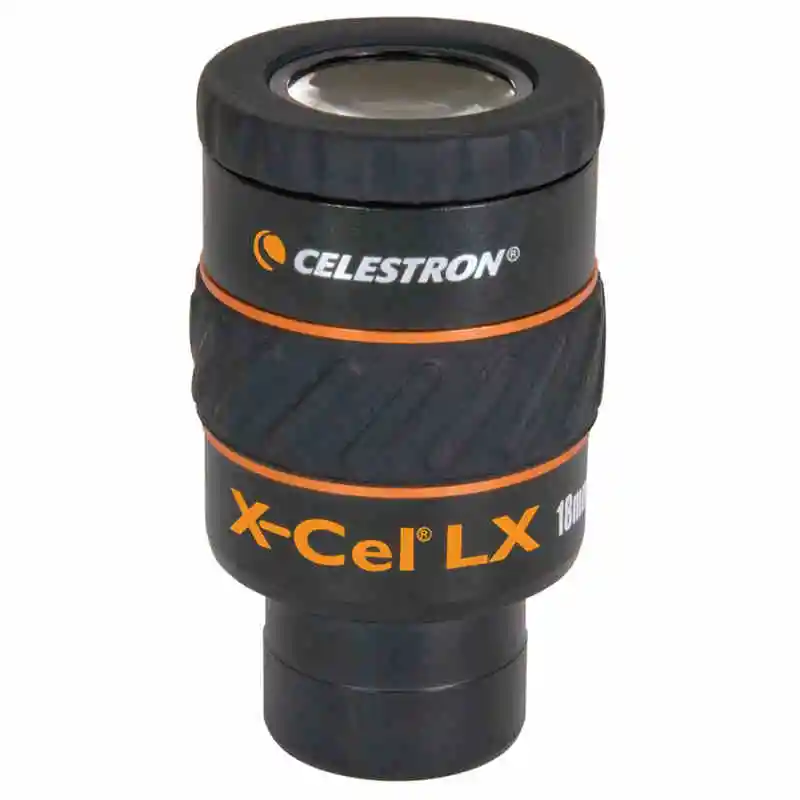

New slower-burning " smokeless powder" propellants available from the 1880s onwards such as Poudre B, cordite and nitrocellulose allowed a gentler prolonged acceleration, hence gun barrels were made progressively longer and thinner. Slower-burning " brown powder" formulations of gunpowder allowed gun barrel length to increase slightly in the 1880s but enormous quantities of brown powder were required. Įarly gun barrels were short and thick, typically no more than 26 calibers, as the gunpowder propellant they used burned very quickly and violently, and hence its acceleration time was short. shell, which ultimately came to be accepted as the greatest naval shell ever deployed in combat. The later re-design to 50 calibre not only allowed a higher velocity but also a heavier 2700 lb. The initial design was 45 calibers in length and fired a 2200 lb. Again we see this pattern with the US 16" guns. projectile and, overall, a greater barrel life. Later improvements to the design, lengthening the rifle itself and also altering the breech, allowed a 1400 lb.

For example, the American 14/45, as introduced in the New York-class battleships, fired a 1250 lb. muzzle velocity and striking force), the increase in barrel length also allowed, in some circumstances, an increase in projectile size as well. In addition to the possible improvements in overall performance (i.e. This explains the differences in both penetration and long range performance of various naval rifles over the years. In other words, a 12/45 is 12"×45= the length of the rifled bore of that gun in inches. These are a measure of the standardized bore of the barrel versus the rifled bore of the barrel.

They then began to measure the effective length (and therefore range) of the weapon in calibers. For naval rifles, the initial change was to actual bore, thus facilitating the manufacture of standard projectiles. Eventually, when the technology existed, the bore (in inches or millimetres) came to be the standard measure. Over time, the terms of pound (weight of shell) and bore (the actual bore of the weapon) became confused and blurred. There was no ready replacement, nor one that could be readily supplied. At sea, a weapon had to perform, without fail. Naval rifles, although constructed and manufactured in roughly the same manners as land based artillery, were built to much more stringent and studious standards than land based weapons, and for good reason. All three had a bore diameter of 5 inches (not 5.51 or 5.25 or 5.38 as often misread). By the end of World War II, the dual purpose 5"/38 caliber (5" L/38) was standard naval armament against surface and air targets. Before World War II, the US Navy used 5"/51 caliber (5" L/51) as surface-to-surface guns and 5"/25 caliber (5" L/25) as surface to air guns. The bore to barrel length ratio is called caliber in naval gunnery, : 81 but is called length in army artillery. This is also sometimes indicated using the prefix L/ so for example, the most common gun for the Panzer V tank is described as a "75 mm L/70," meaning a barrel with an internal bore of 75 mm, and 5,250 mm long (17 ft 2.69 in). They are 16 inches in diameter and the barrel is 800 inches long (16 × 50 = 800). : 81 As an example, the main guns of the Iowa-class battleships can be referred to as 16"/50 caliber. The effective length of the barrel (from breech to muzzle) is divided by the barrel diameter to give a dimensionless quantity. The length of the barrel (especially for larger guns) is often quoted in calibers, used, for example, in US Naval Rifles 3 in (76 mm) or larger.
#Higher calibre meaning plus
Driving band diameter was groove to groove diameter plus 0.02 inches (0.51 mm). Projectile bourrelet diameter specification was 0.015 inches (0.38 mm) less than land to land diameter with a minus manufacturing tolerance so average clearance was about 0.012 inches (0.30 mm). United States Navy guns typically used rifling depth between one-half and one percent of caliber. Steel artillery projectiles may have a forward bourrelet section machined to a diameter slightly smaller than the original land to land dimension of the barrel and a copper driving band somewhat larger than the groove to groove diameter to effectively seal the bore as it becomes enlarged by erosion during prolonged firing. The depth of rifling grooves (and the consequent ambiguity) increases in larger calibers.
#Higher calibre meaning full
Projectiles fired from rifled barrels must be of the full groove to groove diameter to be effectively rotated by the rifling, but the caliber has sometimes been specified as the land to land diameter before rifling grooves were cut. The distance across the bore from groove to groove is greater than the distance from land to land. A rifled bore consists of alternating grooves and lands. Rifled barrels introduce ambiguity to measurement of caliber.


 0 kommentar(er)
0 kommentar(er)
